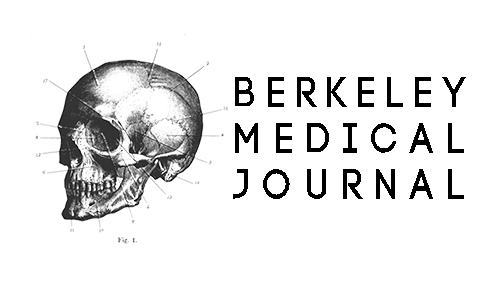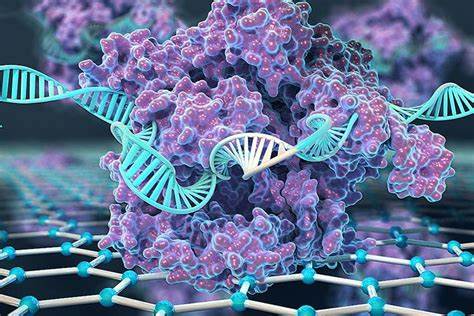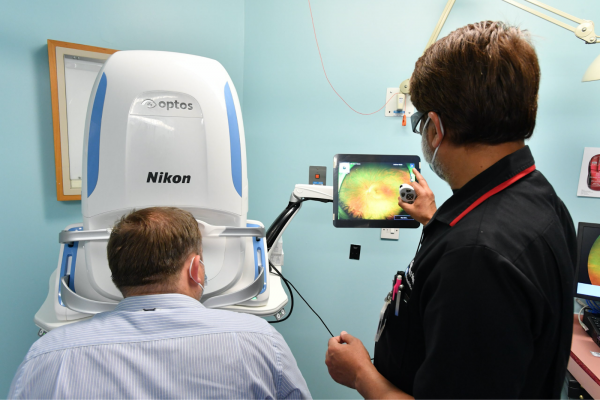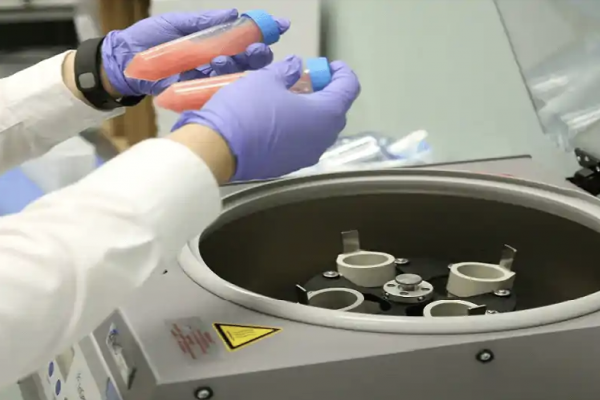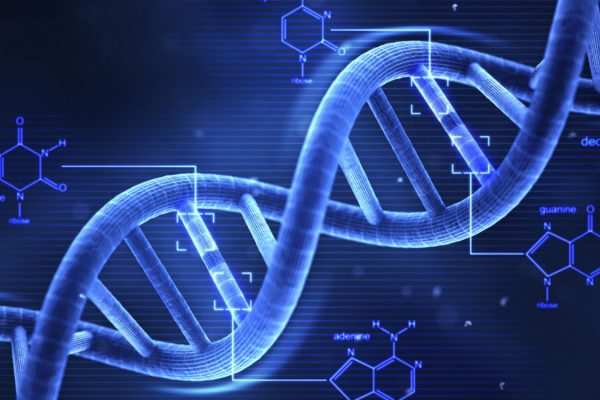By: Jacob Yinger Epilepsy is a disease that 50 million people worldwide suffer from, and 80% of those reside in third world countries with minimal access to healthcare. This disease causes irreversible brain damage due to unwarranted electrical activity in the brain, which results in regular seizures. There are many treatments for epilepsy, mostly consisting […]
‘Tis the Season for Fires: Wildfire Smoke linked to Skin Disease
By Shalini Saravanan Red skies, gray flakes, and the smell of something burnt. This is the reality of the wildfire seasons that come around to California on a yearly basis, although to the average native Californian, wildfire season simply marks the beginning of Fall. Due to decreased rainfall and the persisting drought, California wildfires have […]
Take the Sick Out of Sickle Cell: CRISPR Technology Aims to Cure Disease
By Diya Shinglot Every forty seconds, one person in the United States has a stroke. Every 4 minutes, one person in the United States dies from a stroke (Center of Disease Control and Prevention). While professionals know that a healthier lifestyle may reduce the risks of strokes and brain hemorrhages, there is still much to […]
Through the Eyes: Retinal Imaging for those with Alzheimer’s Risk Gene
By Victoria Lee What can the eyes tell us about a person? According to a study conducted by researchers at the Department of Neurology at UCSF, they can be used to tell that a person possibly has Alzheimer’s Dementia (AD). Researchers studying the Apolipoprotein E or (APOE4) ε4 gene, a risk factor for Alzheimer’s, were […]
HIP Cells: A Novel Stem Cell Therapy to Treat Cardiovascular and Pulmonary Diseases
By Dylan Feldstein Unethical. Overhyped. Polarizing. Indeed, there is great controversy surrounding stem cell therapies, particularly pertaining to human embryonic stem cells. With the advancements in science and technology, a new type of stem cell called induced pluripotent stem cells (iPSCs), generated by reprogramming adult somatic cells, eliminates the reliance on human embryos to harvest […]
A New Hope for AADC Deficiency: Gene Therapy’s Power in a New Environment
By Ashvin Irrinki 135. That’s the number of children in this world who are missing just one particular enzyme. For many of us, this enzyme is merely another protein that fits somewhere in a biochemical pathway that helps us without our knowledge- and it ends there. For these 135 individuals, however, this enzyme, and more […]
The ‘GrimAge’ Reaper: Accelerated mortality linked to major depressive disorder
by: Annika Pohlo In addition to the most commonly known symptoms of major depressive disorder (MDD), this condition is also a risk factor for a number of issues associated with aging, such as cardiovascular disease and Alzheimer’s disease. Present in over 16.1 million Americans, MDD is a mood disorder tied to emotional and even physical […]
Call an Ambulance, Call an Ambulance! … but Not for Me: Why E-Cigs Aren’t It
by: Kaavya Thanigaivelan Nearly all students across the US have sat through a seminar or two learning about the harms of drugs and their impacts on our health. Smoking cigarettes causes lung cancers, they taught us, and don’t drink and drive. Yet, the use of these substances is still a prominent and somewhat normalized part […]
Medical Mysteries: Uncovering How a New Medical Algorithm Can Reduce Racial Disparities in Healthcare
by: Lavanya Sankaran Every day, technology is becoming more and more like its creators—us! Within medical fields, deep learning through artificial intelligence (AI) algorithms has already been proven to match expert-level human performance in medical imaging tasks like early cancer detection and eye disease diagnosis. Medical advances such as these celebrate the fact that technology […]
The Medical Revolution of Virus Treatment and Diagnostics: CRISPR-Cas
by: Paige McGarry Recent developments in the gene-editing technology CRISPR-Cas have introduced incredible advancements in diagnostic procedures. As of late, the SARS-CoV-2 virus has impacted more than 215 countries around the world, and with no evident cure, the virus is leaving destruction in its wake. The diagnostic abilities of CRISPR-Cas pose potential solutions towards solving […]
